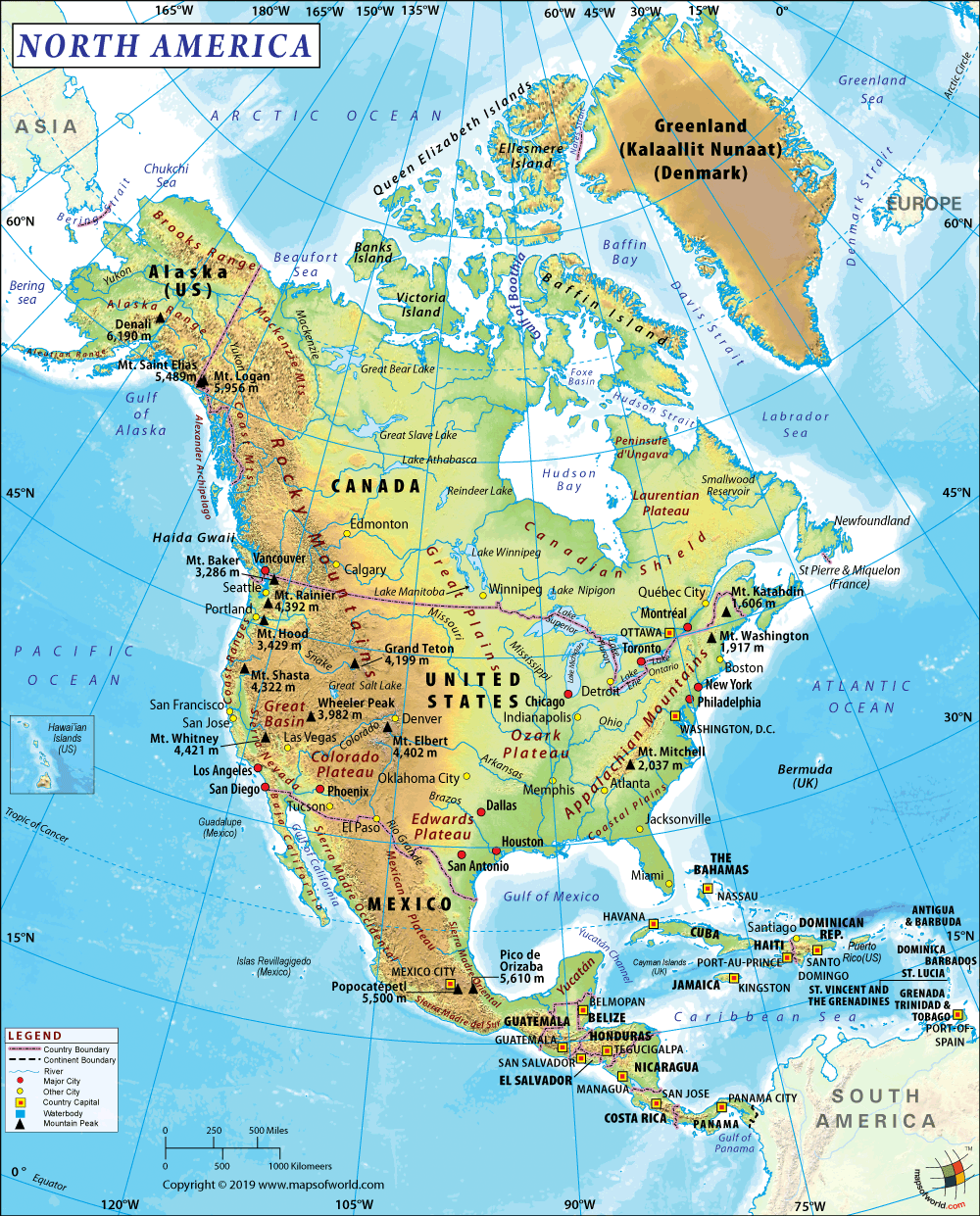What is The Trail of Tears?

Native American Indians that had inhabited lands for generations in North America, which are now Florida, North Carolina, Alabama, Tennessee, and Georgia, were forcibly removed.
In the early 1830s, roughly 125,000 Native American Indians were living in these areas occupying millions of acres of land. The U.S. federal government then forced them out of their homelands to a specially designated place across the Mississippi River called “Indian territory.” The passage was challenging, and many died on their way. This tragic journey is called the Trail of Tears.
The Troubling ‘Indian Problem’
White Americans used to see the American Indians as alien people. They resented and sometimes even feared them. To them, Indians were occupying the land they wanted. High-level government officials and the then President George Washington believed that the best way to deal with this ‘Indian problem’ was to make the Native Americans as much as their white counterparts. They aimed to make them civilized so that Indians could read and speak English and can claim ownership of land. Many people belonging to the Cherokee, Creek, Seminole, Chickasaw, and Choctaw embraced these customs and came to be called the “Five Civilized Tribes.”
However, as whites settlers expand in parts of Tennessee, Florida, North Carolina, Alabama, and Georgia, the land occupied by the American Indians became more and more coveted. The settlers wanted the area for their purposes, such as growing cotton, and if the Native Americans were civilized or not, they didn’t make much difference. The white settlers wanted to have the land by hook or by crook. The immigrants committed mass murder, looted and burned houses, stole livestock from the Native American Indians, and took the area.
The governments at the state level joined in the efforts to force the Native Americans out of the South. Many states passed laws that limited the Native American’s rights on their territory and sovereignty. However, the U.S. Supreme Court objected to such state laws in a few cases. Nevertheless, the maltreatment of the Indians continued. Southern states were incredibly determined to take traditional Indian lands.
The Indian Removal Began, Forcefully
Army general Andrew Jackson had always been in support of removing Indians from their homelands. During his post in the army, he carried out several brutal campaigns to drive the Native Americans out of Georgia, Alabama, and Florida. These campaigns helped in transferring hundreds of thousands of acres of land to white farmers from Indians. Jackson continued his campaigns later when he became president of the USA.
There was a law at the same time that tried to make treaties for removal, fair and voluntary. It didn’t permit anyone, not even the president, to force the American Indians to give up their land. However, Jackson paid no regard to the law and continued to drive Indians out of their land forcefully. In 1831, the Choctaw people were completely vacated from their areas under the threat of U.S. Army invasion. Some historical records say that they were made to go on foot without food, bounded in chains to the Indian territory. They didn’t have any help from the government at all. Thousands of people couldn’t make it to the destination and died on the way. One Choctaw leader described it as a “trail of tears and death.”
Tribes Removed, Thousands Died
Creeks were removed from their lands in 1836. About 15,000 began their journey towards the territory; however, 3,500 of them died along the way.
Seeing the atrocities, the Cherokee people were thinking about the best way to deal with the government’s oppression. While some wanted to fight back, others were considering giving up their land possessions and take in exchange concessions and money. Some Cherokee representatives (self-appointed) decided to negotiate with the government. With the federal government, they signed the Treaty of New Echota. As per this treaty, all the Cherokee land lying east of the Mississippi will be given up to the government in exchange for $5 million, compensation for lost property, and assistance in relocation. However, not all Cherokee liked the idea. The representatives were, after all, not the real representatives. They were self-appointed. Around 16,000 people signed a petition against the treaty. However, the government considered the deal final anyway and soon approved it.
Due to internal conflict, by 1838, only about 2,000 Cherokees people left to move to Indian territory. To take care of the rest of the people, President Martin Van Buren sent an army of 7,000 soldiers headed by General Winfield Scott for the complete removal. They made the Indians march for over 1,200 miles. Many were caught up with cholera, dysentery, typhus, whooping cough, and starvation. Over 5,000 Cherokee died on the trail of tears.
End of Indian Territory
Native Americans were almost completely removed from their land by the 1840s and sent to Indian territory. The government at that time promised Indians that their new areas wouldn’t be touched, but as the white settlement increased, Indian territory kept on shrinking further. With Oklahoma becoming a state in 1907, Indian territory was wiped off from the map altogether.
Related Links:

